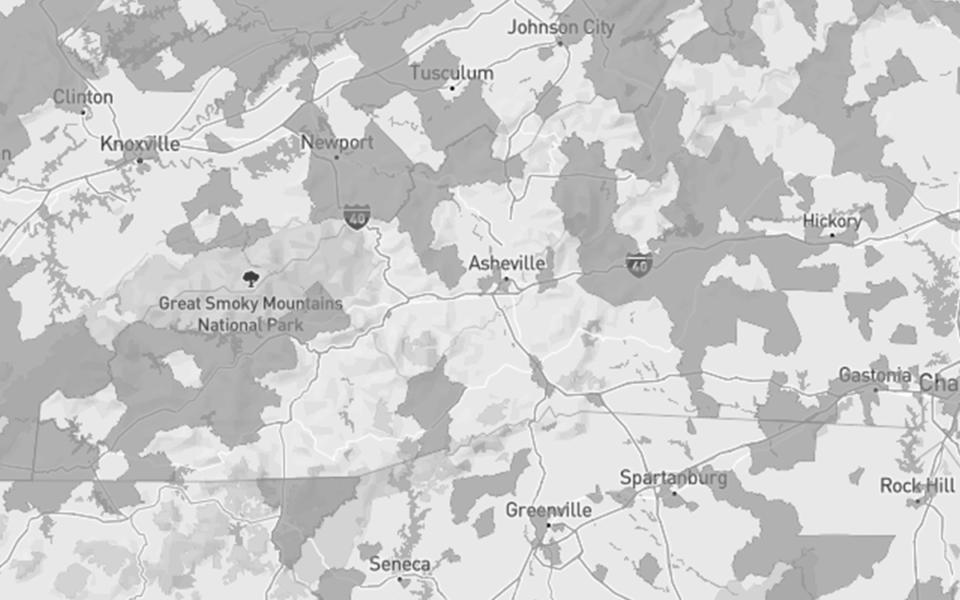Don’t Settle for Less – New Federal Tools for EJ Advocacy
Rachel Ramirez-Guest (Staff Attorney II) / Colin Parts (Former Staff Attorney) / June 30, 2022

Environmental Justice (EJ) advocates have new tools and opportunities for engagement at the federal level because of many federal actions on EJ during the first half of 2022. Here we highlight four developments and what they might mean for advocates.
- In May, the Department of Justice (DOJ) published a rule re-authorizing DOJ to use Supplemental Environmental Projects (SEPs) in settlements. In exchange for a reduced civil penalty, DOJ may require defendants in environmental enforcement cases to complete SEPs which benefit human health and the environment, like developing an asthma screening program as part of a Clean Air Act violation settlement.1 Now advocates can push for future settlements to include SEPs that benefit affected communities. Further, where a settlement includes a SEP, advocates can potentially shape the program itself, providing feedback to tailor the program to the community’s needs during the comment period on the proposed settlement. In California, state agencies actively solicit SEP ideas from community members,2 and EJ advocates at the federal level can use the criteria from those solicitations to formulate proposals for future DOJ SEPs.
- The Environmental Protection Agency (EPA) in May released a report—EPA Legal Tools to Advance Environmental Justice—outlining EPA’s authority to advance EJ under environmental and civil rights statutes it administers. For advocates this document provides insight on where public comments and engagement with decisionmakers could achieve significant results. For example, the report lays out opportunities for public comments on permitting and the effects such comments can have on permits.3
- In April, the Department of Health and Human Services (HHS) requested comments on its draft outline for its Environmental Justice Strategy and Implementation Plan. The outline will be the basis of the draft plan, which will guide HHS’s approach to addressing environmental injustices and health inequities faced by “people of color, disadvantaged, vulnerable, low-income, marginalized, and indigenous populations.” It proposed to emphasize six key areas: services; partnerships and community engagement; policy development and dissemination; research and data collection, analysis, and utilization; education and training; and performance measures. The comment deadline passed, but advocates will likely have the opportunity to comment on the draft plan itself. HHS has not stated when the draft plan will be released.
- In February, the Council on Environmental Quality (CEQ) released a draft Climate and Environmental Justice Screening Tool intended to help identify “disadvantaged communities” that are “marginalized, underserved, and overburdened by pollution”—the communities which will be eligible for targeted benefits under the Justice40 Initiative. The beta CEQ Tool does not include race as a factor in identifying marginalized communities. A coalition of over 70 environmental and activist groups responded that excluding race was wrong, because race continues to be the most important factor for predicting a community’s exposure to pollution.4 Key members of the White House Environmental Justice Advisory Council (WHEJAC)—Beverly Wright, Peggy Shepard, and Robert Bullard—announced that WHEJAC would develop an alternative tool which considers race. If the final CEQ Tool does not include race, then advocates can use it to push for benefits to be directed to communities that the Tool does identify and supplement their advocacy with the alternative tool.
Each of these developments presents opportunities for EJ advocates to continue working for EJ at the federal level—whether by advocating for SEPs to benefit affected communities or using the screening tools for identifying communities that should benefit from federal programs.
This page was updated on February 27, 2024 to better meet our accessibility standards. To see the page as it was initially published, click here.
- This EPA report on SEPs outlines the example SEP and a variety of other SEPs.
- See the California Air Resources Board’s webpage soliciting SEP proposals.
- See EPA Legal Tools to Advance Environmental Justice page 100, regarding permitting for hazardous waste facilities.
- See the letter from the coalition of over 70 environmental and activist groups.
